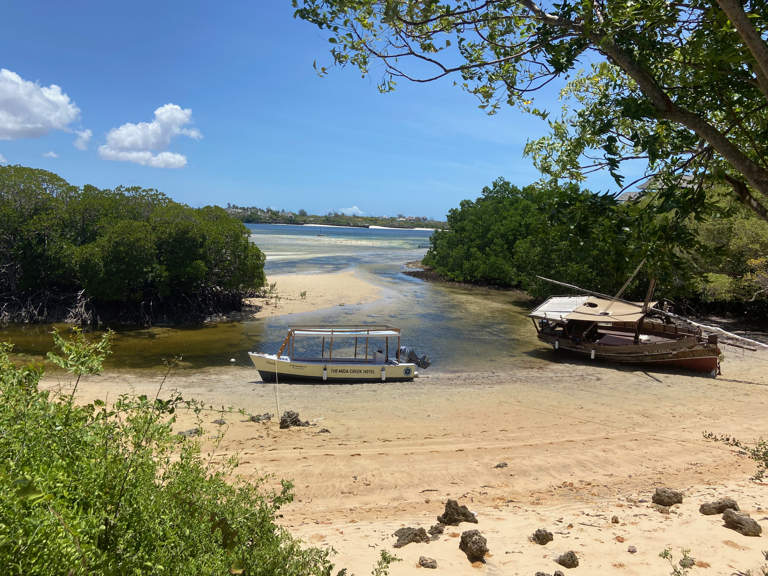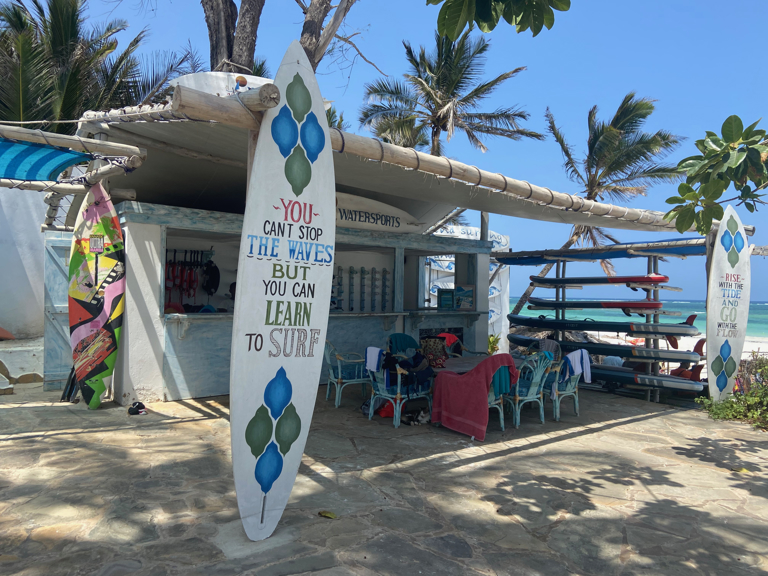Safaris and beaches | A 16-day Kenya roadtrip
Experience the freedom of a roadtrip with the ease of a well-planned itinerary. This Bush to Beach Kenya safari is the ultimate one-way itinerary!
- Start in Nairobi and return your car in any of the towns or airports along the coast
- Visit the Masai Mara, Naivasha, Hell's Gate, Amboseli and Tsavo
- Enjoy a great combination of classic safaris and road-tripping along the Kenyan coastline
Scroll below to see our day-to-day itinerary with realistic driving times, route directions, and travel tips for Kenya.
Day-to-day itinerary | Kenya Bush to Beach
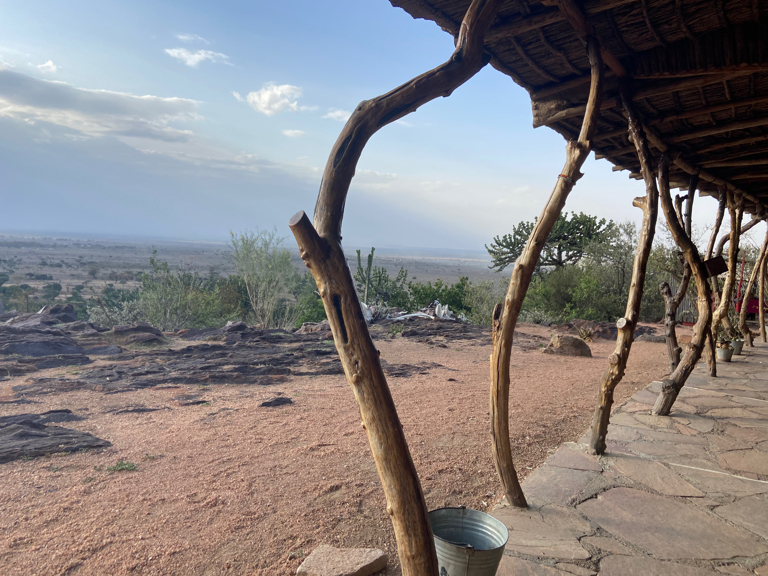
Day 1 of 16
Start: Nairobi
Destination: Maij Moto
Drive: 200 km | appr. 4,5 - 5,5 hours
The journey from Nairobi to Narok town takes approximately 4 hours, depending on the traffic at Mai Mahiu (slow-moving trucks driving up the escarpment). You'll climb up and down the escarpment, with endless views across the low-laying Masai plains. It's a tarmac road and in good condition. In Narok, you can fuel up your car.
After Narok, follow the C12 leading to Sekanani gate and branch left where you'll see the signpost to Maji Moto Ecocamp. Google Maps will lead you to the C11 but don't take that road. It’s a very rough road, bad for the car, and will take much longer.
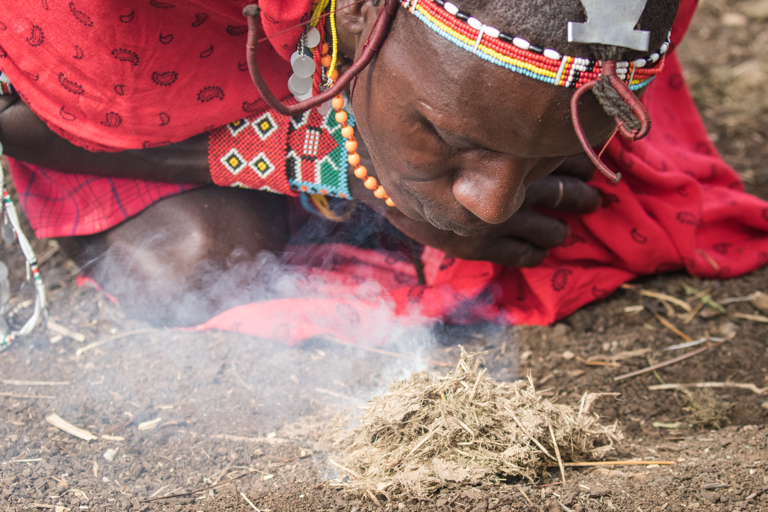
Day 2 of 16
Maji Moto is a natural hot spring about 1-hour drive from Masai Mara's Sekenani gate. The hot springs provide the lifeline for the Masai communities and their cattle. Over and over again, road trippers mention that the stay at Maji Moto Eco Camp was a highlight of their trip.
We selected this camp, because it boasts a breathtaking location on the Loita Hills, is very well managed by real Masai warriors, and the great attention to detail provides for a real barefoot luxury experience. A stay included a full day of guided activities (nature walks, warrior training, fire making, beading, hot-spring visit).
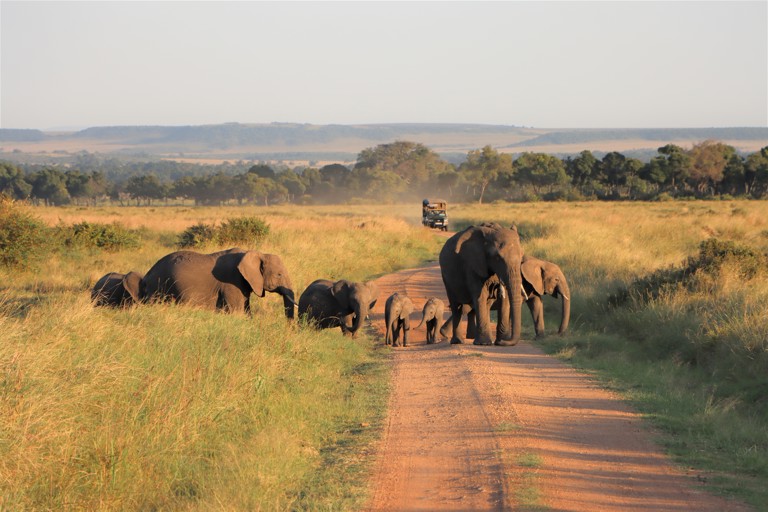
Day 3 of 16
Start: Majio Moto
Destination: Masai Mara
Drive: 1 hour to Sekenani entrance gate
If you are visiting the Masai Mara, it can be difficult to understand how the Mara ''works'' - which entrance gates to use, which roads to avoid, and understanding the fees. We have written a Travel Blog about the Masai Mara. Feel free to check it out.
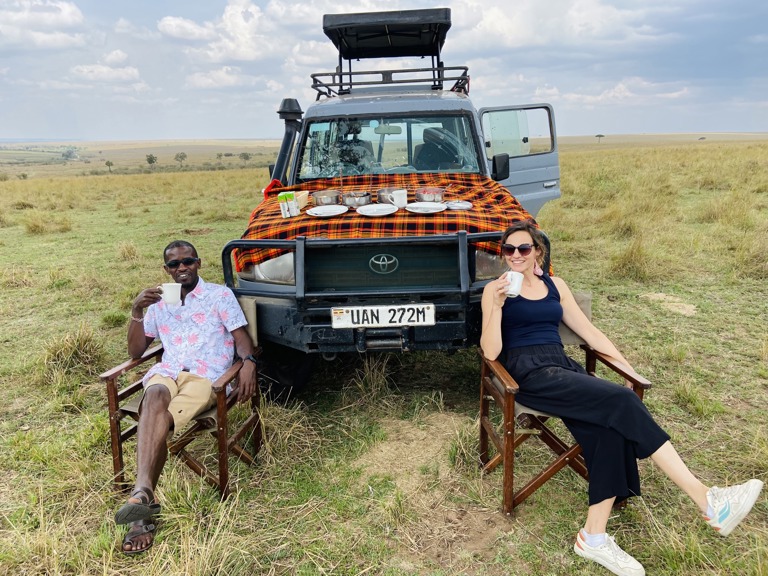
Day 4 of 16
It's great fun to keep track of all the wildlife you have spotted and note it in your journal. We also recommend doing a bush breakfast or bush picnic. Turn off that engine and 'hear'' the silence.
Roadtrippers sometimes ask us - how do we spot wildlife? We don't have a walky-talky to communicate with other drivers, like the drivers from tour companies do. Well, what Peter will say, and we genuinely agree - the word game drive, derives from hide and seek. It's a game between you and the animal. It's so rewarding and fun if you're not surrounded by other safari vehicles and have spotted an animal yourself. And don't worry; on a self-drive safari, you will see plenty of wildlife in the Mara.
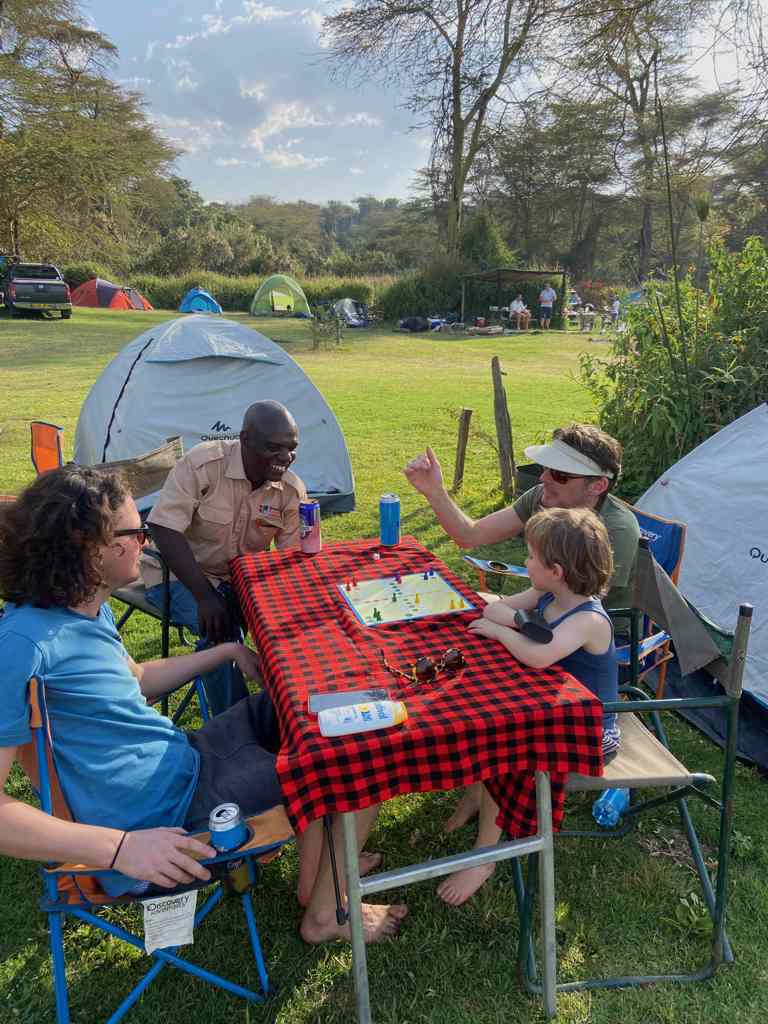
Day 5 of 16
Start: Masai Mara
Destination: Lake Naivasha & Hells Gate National Park
Drive: 230 km | From Sekenani gate to Naivasha is appr. 4,5 hours.
Although you have the Rhino sanctuary in Nakuru National Park, which therefore makes Nakuru a must-visit for some - we choose to include Naivasha & Hells Gate instead. First, it saves you a 1 hour's drive to Amboseli the following (and it is already a very long driving day). Second, the Bush to Beach tour contains plenty of safari (game viewing) parks, whereas Naivasha & Hells Gate offer a different experience.
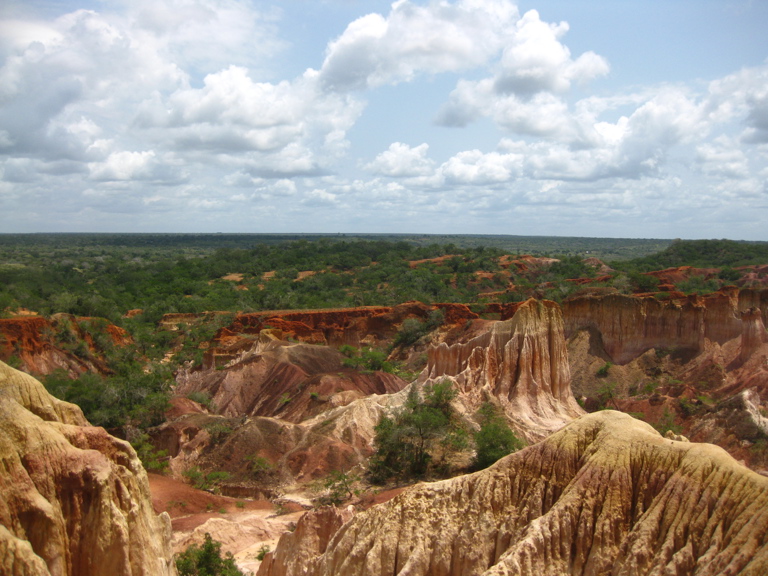
Day 6 of 16
Lake Naivasha and Hells Gate National Parks border each other. Foremost, Lake Naivasha is a great place to relax and unwind. After a few days of game driving, it's nice to be in another environment.
Hells Gate National Park is not a big wildlife destination. You go there for the scenery and the ability to get active. You can go mountain biking amidst the giraffes, zebras, and gazelles and do a scenic hike through the gorge. For more info, check our Travel Blog on the most beautiful parks in Kenya.
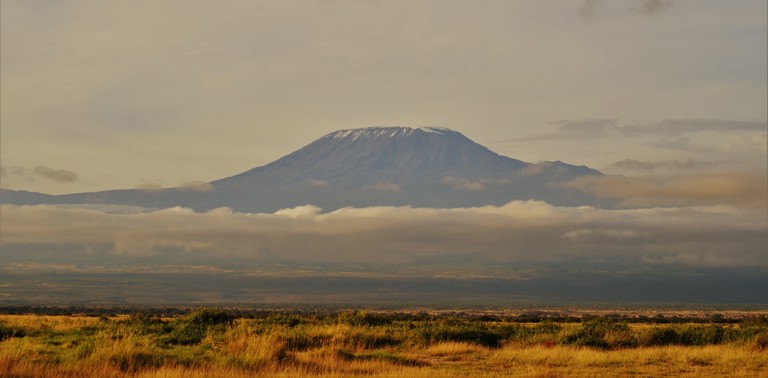
Day 7 of 16
Start: Lake Naivasha
Destination: Amboseli
Drive: 350 km | 7-8 hours
Wake up early, as you have a long driving day ahead. You first return to Nairobi, taking the same road which passes through Mai Mahiu. Then take the city bypass, leading you to the Nairobi - Mombasa highway.
Google Maps gives you two options: either branch off at Athi River, follow the road towards the Namanga - the Tanzania border - and take the C103, entering Amboseli from the west. Don't take this route. The C103 is in a very bad state. It damages the car and greatly increases your travel time. Instead, continue on the Nairobi - Mombasa highway and branch off at Emali town. Then follow the C102 to Kimana town and Kimana gate. This route is the fastest, and the entire road is tarmacked and in good condition.
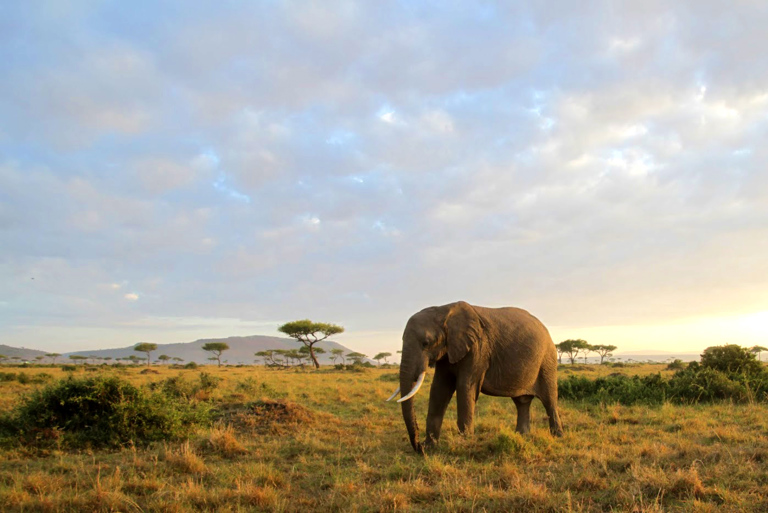
Day 8 of 16
Amboseli National Park is often called the ‘Land of Giants’ due to the impressive elephants with their massive tusks. The animals are set against breathtaking Mount Kilimanjaro vistas, forming an iconic backdrop to the small park.
Aside from big herds of elephants, many plains animals are easy to spot. Buffalo, wildebeest, zebra, gazelle and lions are common.
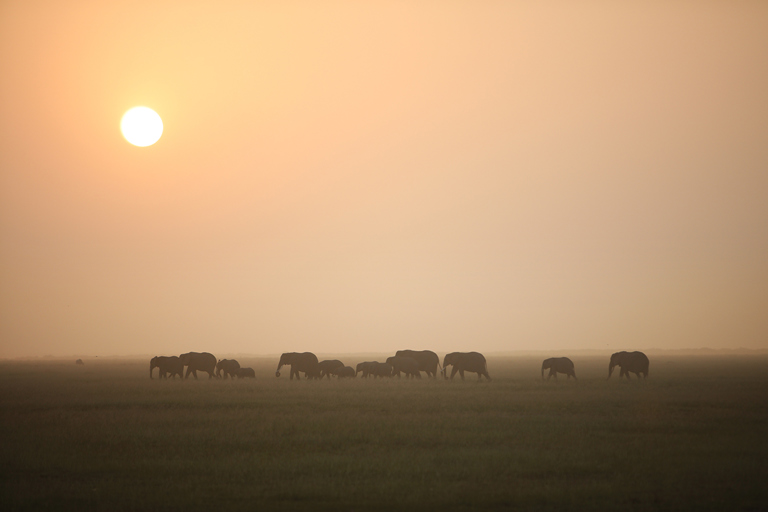
Day 9 of 16
Start: Amboseli
Destination: Tsavo East
Drive: 350 km | appr. 7 hours
Another long driving day ahead. The quickest and most comfortable route is to return to Emali town and join the Nairobi - Mombasa highway. You stay on this highway until Voi, where you branch off to Tsavo East National Park. Voi is a good town to stock up on supplies again and refuel your car.
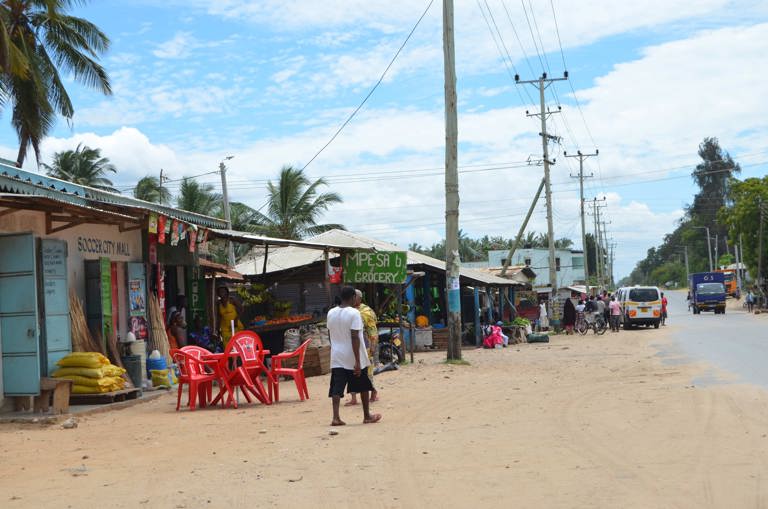
Day 10 of 16
Start: Tsavo East
Destination: Watamu
Drive: 350 km | appr. 7 hours
Exciting day ahead- we're going to the coast! Yet first, we get to cross Tsavo East National Park, so you're also treated on some game drives along the way. You enter Tsavo park at Voi gate, and exit at Sala gate.
We included Tsavo as a stopover only, and don't think it adds value staying another night. Tsavo East is not an easy game-viewing destination, because it's so huge and undiscovered, and wildlife densities aren’t large. After being on game drives in several safari parks, we think you shall appreciate a totally different scenery experience. Time for a road trip along the Swahili coast!
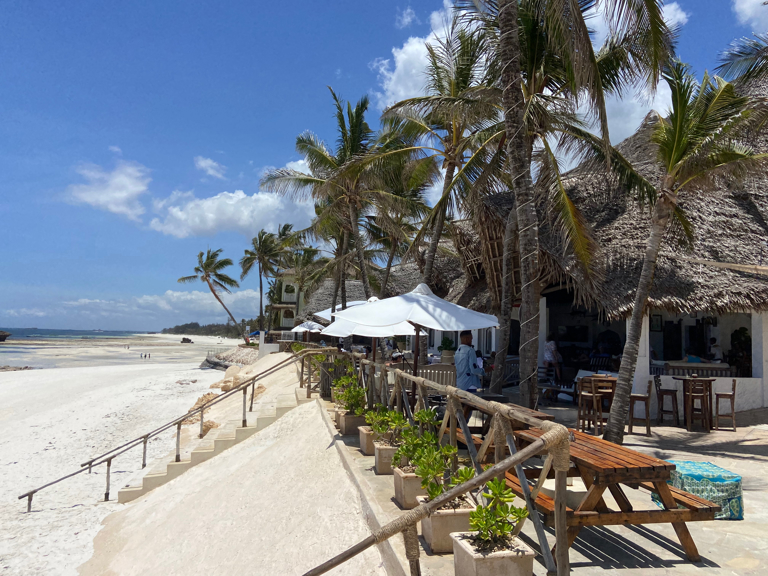
Day 11 of 16
After some intense driving days and safaris, it's time to utterly relax by the sea.
Watamu is a well-developed resort town, offering plenty of excellent restaurants and accommodations that cater to every budget. Watamu consists of several bays with white sandy beaches. For more information, check our Travel Blog on the best beaches in Kenya.
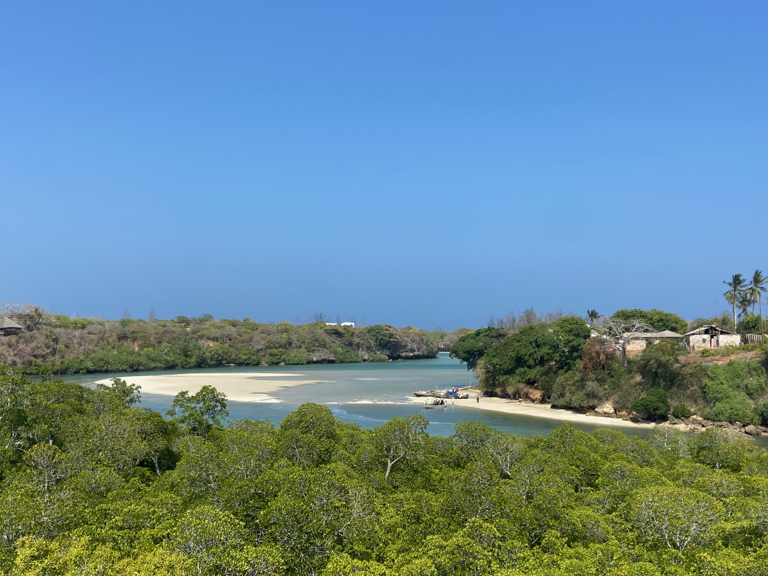
Day 14 of 16
Start: Watamu
Destination: Kilifi
Drive: 40 km | appr. 1 hour
Time to hit the road and explore another coastal Swahili town.
Whereas Watamu has mushroomed in a short time and might feel a bit as an overdeveloped resort town for some, Kilifi is totally different. Kilifi town is a friendly, laid-back and authentic village located along a picturesque creek. It's not (yet) discovered by fly-in tourism and is mainly popular among backpackers, digital nomads, and a kite surf/yoga scene.
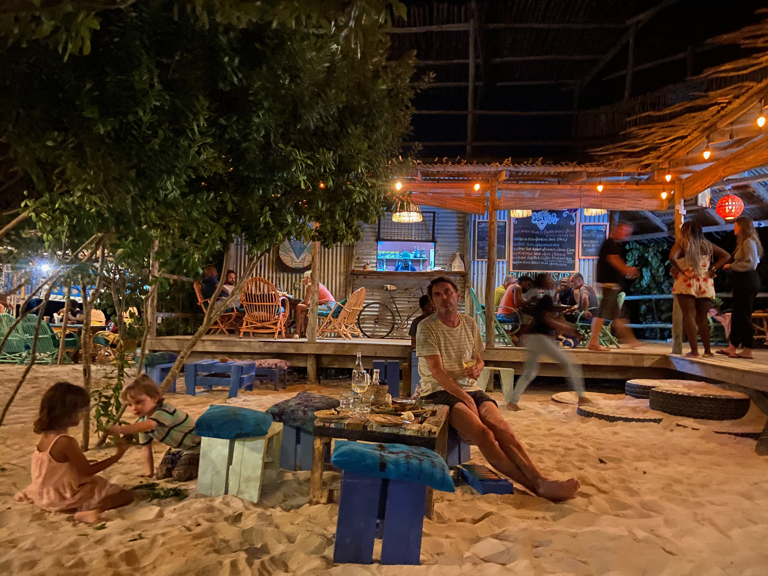
Day 15 of 16
There are some surprisingly cool hang-out places to discover in Kilifi.
For more information on things to see and do in Kilifi, check our Travel Blog on the best beaches in Kenya.
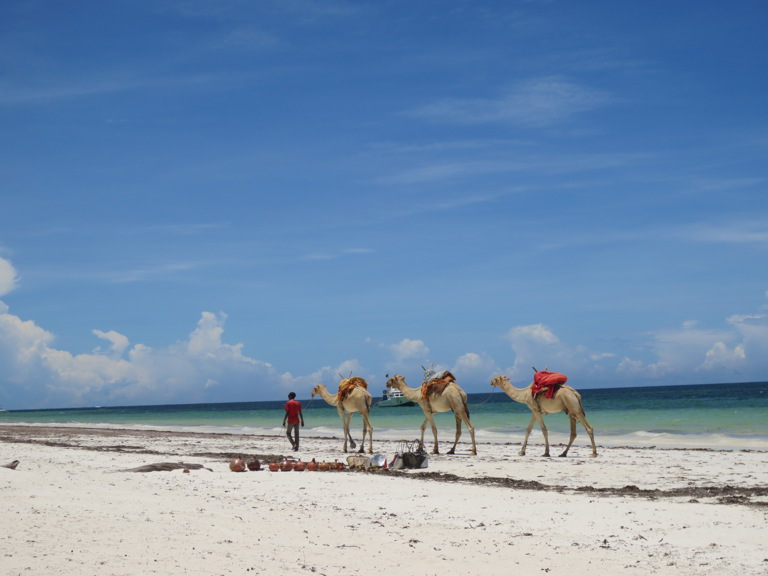
Day 16 of 16
Start: Kilifi
Destination: Diani Beach
Drive: 110 km | appr. 3,5 hour
It's a fun and scenic drive from Kalifi to Diani Beach on a good tarmac road. You'll cross Mombasa and have to take the ferry. NOTE: you have to prebook the Kikoni ferry and it can only be paid via Mpesa! If you need assistance, Peter, the Roadtrip Africa manager in Kenya, is there to help.
Diani and its neighbouring beaches of Tiwi and Galu offer 15 km of developed beach stretch, with plenty of cafes, restaurants, bars and accommodations on offer. Still, Diani maintains a relaxed and laid-back vibe and attracts a nice blended crowd of Nairobians and expats over the weekends, fly-in tourists from all over the world, digital nomads, and kitesurfers. Galu Beach offers one of the best kitesurfing spots in the world with consistent conditions (a steady afternoon breeze, warm water, and sunshine).
Kenya safari & beaches | This is what you need to know
Ending your roadtrip at the beach | Various route options
When driving a one-way Bush to Beach roadtrip, there are various ways to compose your beach days and end your trip.
We prefer exploring the beautiful Kenyan coast while discovering multiple beach destinations. Why? Because the towns of Watamu, Kilifi, and Diani are unique beach destinations with their own special vibes, and all deserve a stay. We recommend spending 3-4 nights in Watamu and 2 nights in Kilifi, after which you hand over your car in Diani and enjoy your last couple of days here at the beach. Alternatively, you can decide to just pick one beach destination and hand over your car there. Daily comfort express trains and charter flights are available to transport you back to Nairobi or Mombasa.
We have written a travel blog about the best beaches in Kenya. Feel free to check it out!
Create & book your self-drive adventure in Kenya
Follow Kenya's Bush to Beach itinerary and drive your own adventure.
Let's go!